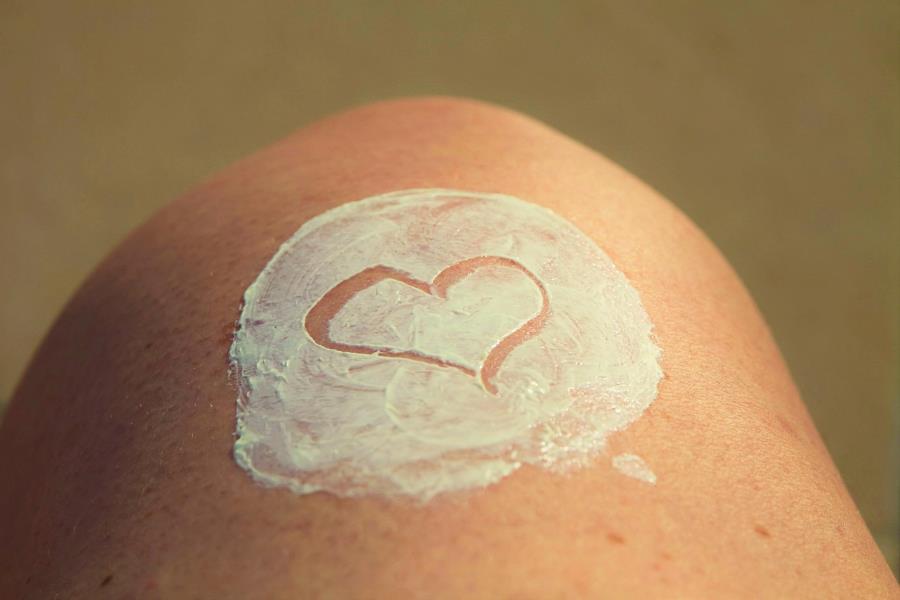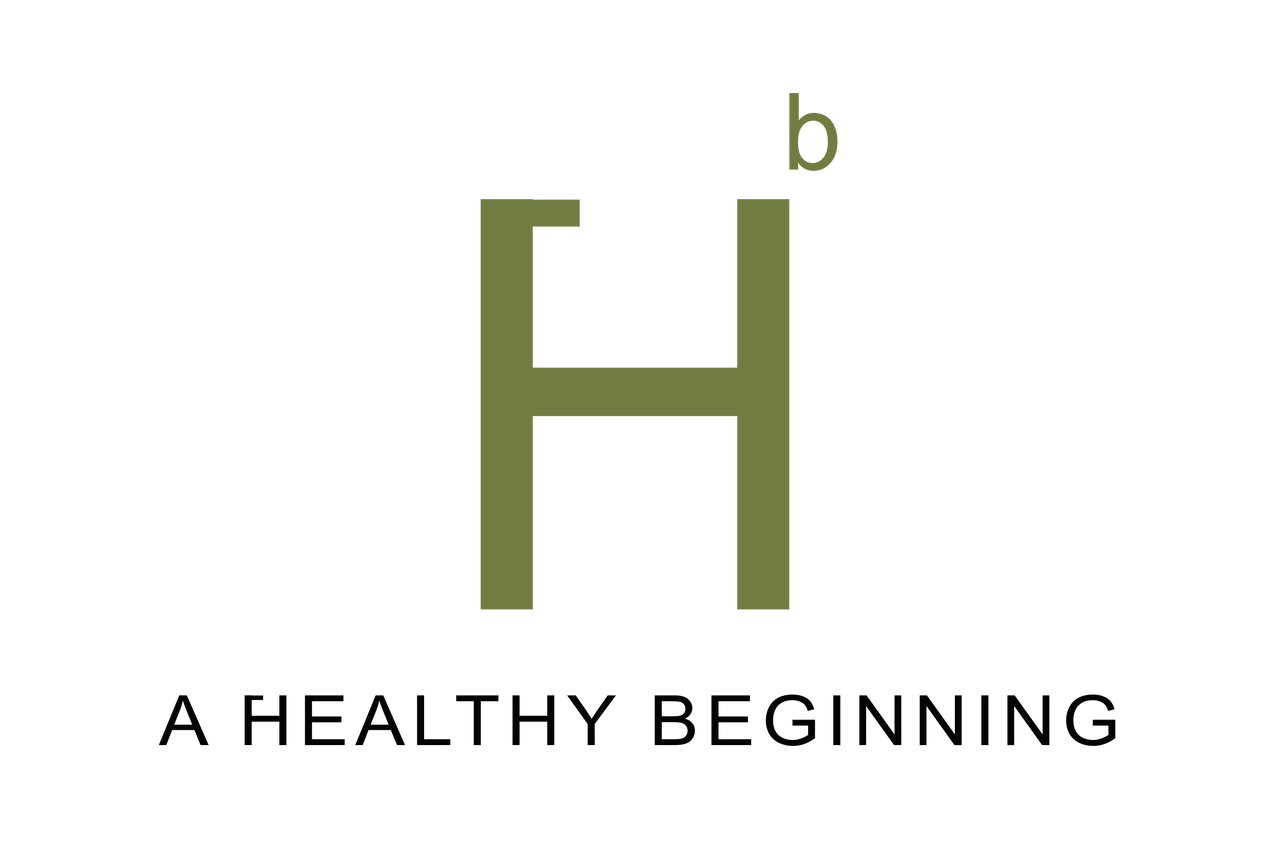
Homemade Natural Sun Protection Recipe
Before I started researching sunscreens a few years ago, I had believed what most people still do today – that we should always use sunscreen and even a moderate amount of sun exposure is dangerous for us. But here are a few facts about sun exposure and typical commercial sunscreens that have led me to think otherwise:
- Dangers of sunscreens – Commercial sunscreens typically contain oxybenzone or other carcinogenic or endocrine disrupting ingredients, and can actually promote skin cancer and produce free radicals in your body.
- Increased rates of skin cancer – Despite the increased use of sunscreens, the rates of skin cancer have continued to increase.
- Vitamin D deficiency – Most of us don’t work outside on a daily basis so we don’t get enough Vitamin D. In fact, many of us are deficient in Vitamin D. This important vitamin plays a vital role in the production of hormones and calcium and phosphorous absorption, which is important for bone growth and maintenance. It is also crucial in the creation and function of T-cells, which help our bodies fight off infections, kill off cancerous cells, and develop important immune responses.
- Sun exposure is the best way to get Vitamin D. It is natural and free. Your body automatically produces Vitamin D when sunlight is absorbed by your skin (how awesome it that?!). Plus, there are very few dietary sources of Vitamin D, and oral supplementation is effective but definitely a more expensive option.

How Much Sunlight Do You Need?
To get your body to make a sufficient amount of Vitamin D (10,000 to 25,000 IU), you need approximately 15-30 minutes of sun exposure per day. How much time is required is determined by a number of factors:
- The fairness of your skin – Those who are fair-skinned will require less time than who have darker skin to get the Vitamin D they need. This is because people with darker skin have more melanin in their skin, which has evolved within humans to naturally block sun rays.
- Time of year – Your skin produces more Vitamin D during summer months than winter months, when the sun’s rays enter the Earth’s atmosphere at too much of an angle and as a result the atmosphere blocks the ultraviolet B part of the rays.
- Time of day – Your skin produces more Vitamin D if you expose it to sunlight in the middle of the day, when the sun’s rays are entering the Earth at less of an angle.
- Where you live – The closer to the equator you live, the easier it is for you to produce vitamin D from sunlight all year round.
- How much skin is exposed – The more skin that is exposed, the less time is required
In general, around half the time it takes for your skin to begin to burn is a good measure.
When You Do Need Sun Protection, What Offers the Best Protection?
Once you’ve had enough exposure to the sun or if you are spending time under intense sun rays, or if you have a condition that makes you sensitive to sun exposure, then finding shade and wearing protective clothing such as a hat and long sleeve clothing are your best ways to protect yourself. If sunscreen is really necessary, then choose one that uses zinc oxide or titanium dioxide as their active ingredients. Even better, you can use the recipe below and make your own natural whipped mineral sun protection lotion!
No time to make your own sun protection lotion?
You can order my premade Whipped Mineral Summer Butter.
RECIPE
Important Note: This is a natural recipe and has not been tested by a regulatory organization for exact SPF (sun protection factor). For this reason, I can’t make any claims about the combined SPF.
Ingredients:
- 1/2 cup Almond Oil (natural SPF 5)
- 1/4 cup Coconut Oil (natural SPF 4)
- 1/4 cup Beeswax – makes the sunscreen water resistant (you will still need to reapply after swimming)
- 2 tbsp Shea Butter (natural SPF 4-5)
- 1/4-1/2 cup non-nano Zinc Oxide (Be careful not to inhale the powder) – the more you add, the higher protection
- 1-2 tsp Red Raspberry Seed Oil or Carrot Seed Oil (natural SPF 30-40) – get the carrier oils, not the essential oils. Skip the carrot seed oil if you are pregnant.
- 1 tsp Vitamin E – Antioxidant, natural moisturizer, anti-inflammatory, helps preserve shelf life of sunscreen
Directions:
- Mix all ingredients except zinc oxide and Vitamin E in a double boiler or glass bowl over a small saucepan with an inch of water. Bring water to a boil and lower the heat to a simmer, and stir until the ingredients are melted.
- Remove from heat and cool slightly before adding zinc oxide and vitamin E oil.
- Put in the fridge for 30 minutes until the mixture hardens.
- Whip for 5 minutes or so with a hand mixer until it has the texture of frosting.
- Transfer into container with a tight-fitting lid.
- Store in a cool, dark place or in fridge.
